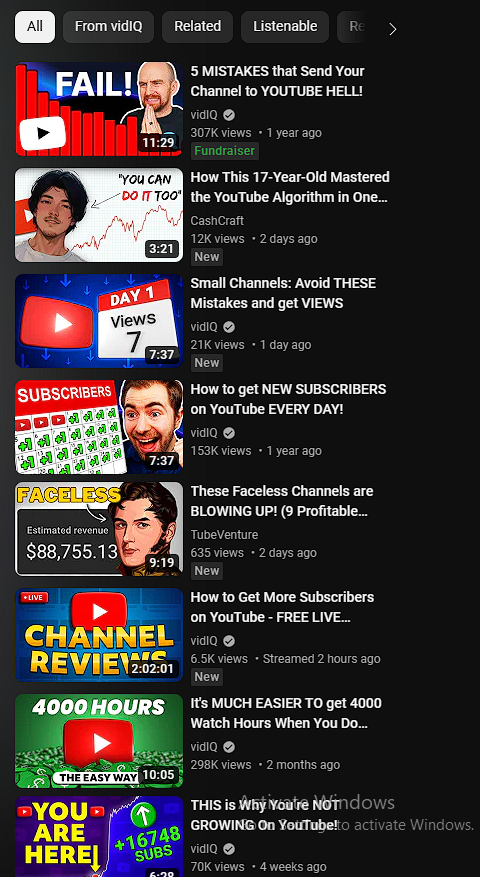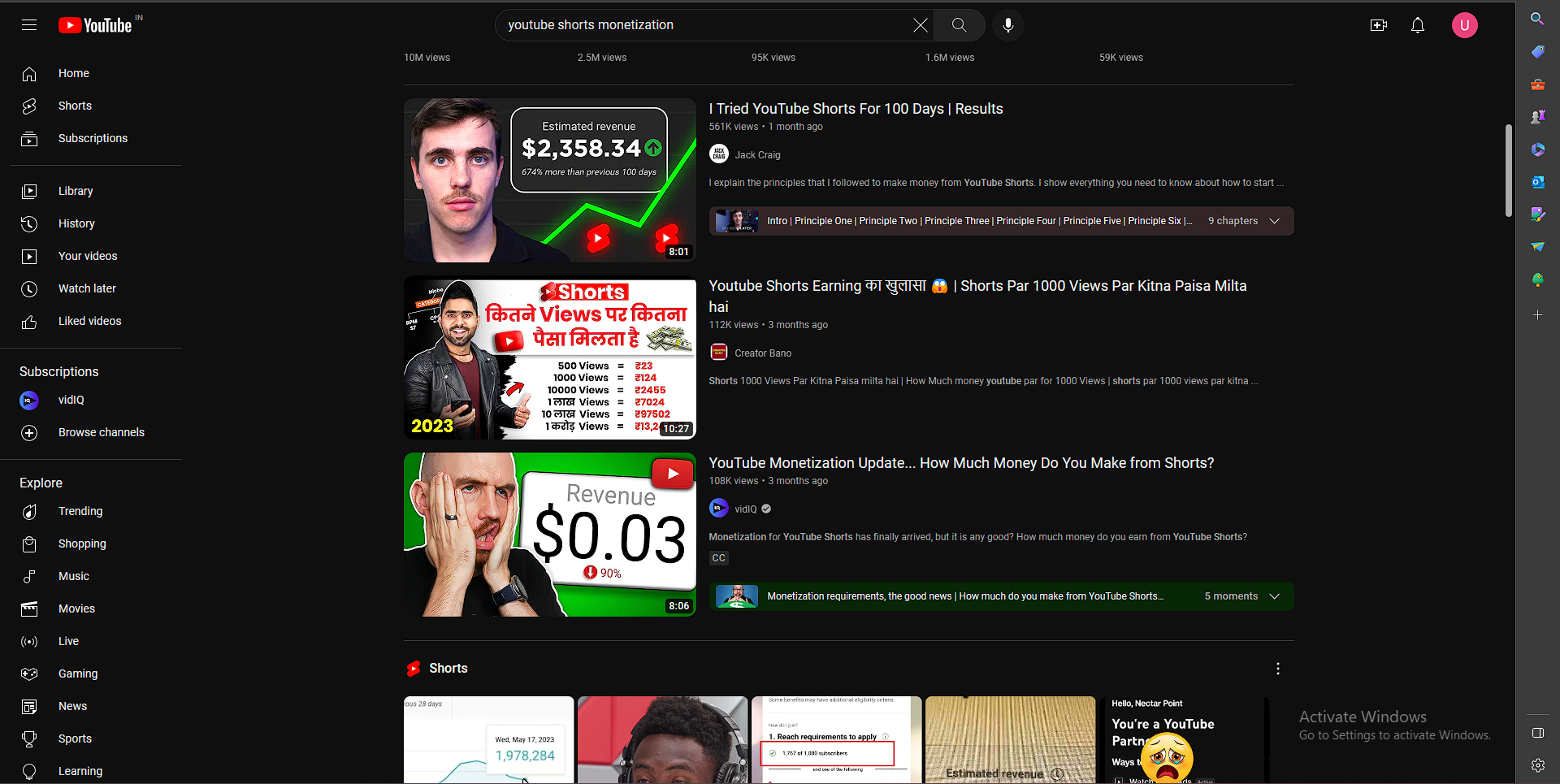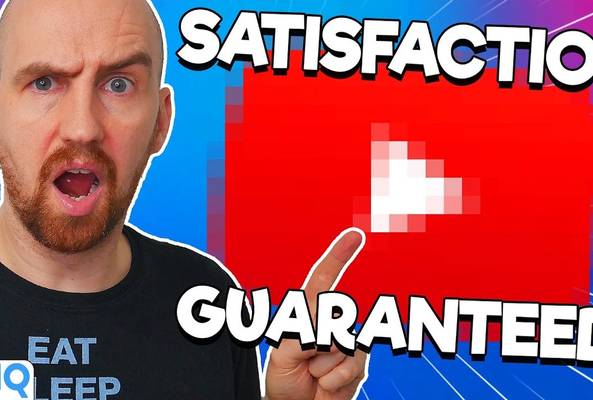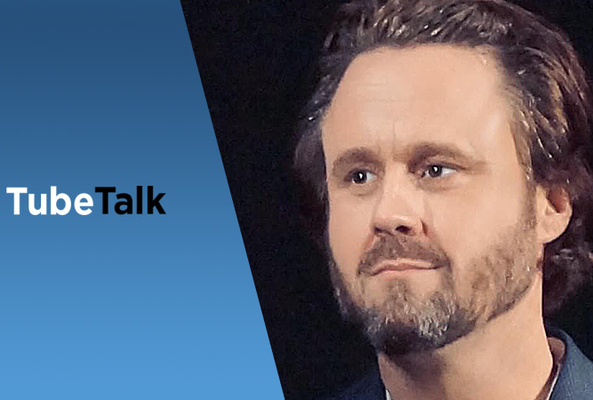In addition to being an avid movie and gaming enthusiast, Uttaran Samaddar is an experienced writer who has lent his creativity and unique perspective to various publications. He loves hearing and telling stories.
Understanding the YouTube Algorithm in 2024
One of the great, eternal mysteries of the internet is the YouTube algorithm. Over 70 percent of the content consumed on YouTube comes directly from recommendations, so it’s easy to understand why creators and marketers are obsessed with figuring it out.
Although nobody (not even YouTube themselves) has a full understanding of how it works, certain factors do influence it more than others. But to understand the algorithm, we must start from the beginning.
Read more: How to Grow Your YouTube Channel in 2023: The Ultimate Guide
A Brief History of the YouTube Algorithm
In the beginning, there was no algorithm. It was all about gaining credibility as a platform for YouTube. Since everything revolved around views, YouTube’s first algorithm strove to recommend videos that attracted the most clicks. The more people clicked on a video, the more it would appear for others to click on, too. Soon, malpractices around using tags became common, and YouTube stepped in.

Image Credit: veedyou.com
In 2012, YouTube changed its algorithm in favor of video watch time because they thought time viewed was the true test of quality. But, soon enough, creators found loopholes like view-botting their content or making long videos with no value. This led the algorithm to change again around 2015-16.
Through surveys, YouTube collected data from users to understand what kind of videos “satisfy” them the most, and with their sophisticated AI developed the recommendation system. As a result, YouTube began to suggest videos that each individual viewer would be more likely to watch, rather than videos that other people were viewing. And the outcomes—well, they were really excellent! So much so, that YouTube hasn’t announced major changes to the algorithm since.
The YouTube Algorithm in 2024
In 2024, the YouTube algorithm makes personalized suggestions to each viewer. These suggestions are weighted according to the performance and quality of the videos, as well as viewer interest and behavior.
For the algorithm to recommend videos to a user, there are two steps involved. First, it rates videos based on their performance analytics. Then, it matches videos to users based on past viewing habits and comparable material. Matching people with the content they want to watch is the objective.
You can see recommendations from the algorithm in 3 main areas of YouTube:
Home Page
How is it that YouTube already knows what you want to watch from the moment you’re on the website? That’s because your homepage is curated just for you!
Videos that show up here are usually:
- Related to your watch history
- From channels you’re subscribed to
- Showing high engagement (watch time, likes, comments, etc.)

That’s why, as a creator, it’s so important to get people watching your videos so your channel is always in their watch history. Then you can find ways to keep them watching longer and engaging more frequently.
Depending on someone’s viewing habits, they may also see videos related to their location, language, or other demographics.
Suggested Videos
These are the videos recommended alongside the video you’re already watching, on the right side of your screen. The YouTube algorithm takes into account a number of variables, including your topic of interest, liked channels, and your watch history, to provide a customized list of videos for the recommended area.

In a nutshell, the algorithm compiles a list of videos that you could find interesting and relevant by analyzing your behavior on the website.
So how do you persuade YouTube to suggest your videos to more viewers? Start by observing the “suggested” column next to your competitors’ content. If YouTube is recommending specific videos there, try filming your own version of that content so you can get recommended too!
YouTube Search
How does YouTube decide which videos should go on a search page? Based on user behavior and keywords, the system narrows down the enormous video library to a limited number and then ranks them according to engagement metrics and relevancy. YouTube makes sure that users get the greatest search results by balancing relevancy and popularity.
Of course, YouTube keywords are important here. However, because the system takes into account personalized signals, each user's search results may vary significantly.

Videos with better engagement metrics and potential, such as views, shares, likes, and comments, are given priority in search results, but YouTube also makes sure that fresh content from new channels isn't unfairly eclipsed by popular YouTubers. The platform adds a certain amount of randomization and can show diverse results that are still relevant to the search query.
The main goal of YouTube’s algorithm is to keep viewers on the website for as long as possible, so be sure to optimize your content for this crucial area of the platform.
Future of the YouTube Algorithm
It’s safe to say the YouTube algorithm won’t be changing its core function in the future. But, in recent interviews, Todd Beaupre, Director of Growth and Discovery at YouTube, said while there are still problems to solve in YouTube’s search and discovery algorithms, it is not working against you. Our in-house expert Rob jumped right into it and gave some more insights into the nature of the algorithm. Watch his analysis below:
The way to look at the YouTube algorithm looking forward is in a way that focuses beyond one metric. Many aspects now influence the impact of your video, as opposed to earlier days. For example, traditionally we would associate the packaging of a video with the title and thumbnail but now, particularly for mobile users, the first 10 seconds of your video, which is called a visual hook, is equally important.
Just like that, multiple variables affect your video. So, if something is off, it does not necessarily mean that YouTube is no longer interested in pushing your videos out. Sometimes metrics can be misleading because they are part of a much bigger picture, and it's important to recognize that as creators.
Create for the Viewer, Not the Algorithm
Remember, the algorithm’s job is to provide the perfect content to each viewer, without creator or content bias. So, stop making videos for the algorithm! Instead, aim to satisfy that one viewer, and you’ve got the algorithm playing for your team!
And if you’re confused about how, start here!



